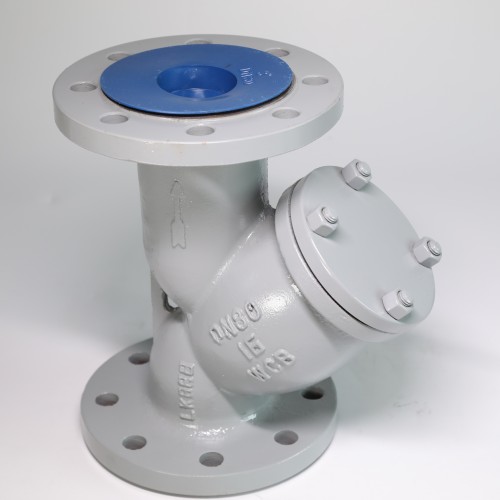transition pipe fittings
Understanding Transition Pipe Fittings Essential Components in Piping Systems
Transition pipe fittings play a crucial role in various piping systems, allowing for seamless connections between two different types of pipes
. These fittings are essential in a wide range of applications, including water supply, gas distribution, and industrial processes. As industries evolve and technologies advance, understanding the significance and application of transition pipe fittings becomes increasingly important.At its core, a transition fitting is designed to connect pipes made from different materials, such as PVC (polyvinyl chloride), CPVC (chlorinated polyvinyl chloride), polyethylene, copper, or metal. The need for these fittings arises primarily because different materials have distinct properties and are used for different purposes, requiring effective, leak-proof connections.
One of the primary advantages of using transition fittings is their ability to facilitate the smooth flow of fluids while minimizing pressure loss. For instance, when transitioning from a PVC pipe to a metal pipe, a properly designed fitting ensures that the internal diameter matches closely, reducing turbulence and maintaining an optimal flow rate. This is crucial in applications where consistency and reliability are paramount, such as in municipal water supply systems or in complex HVAC (heating, ventilation, and air conditioning) installations.
transition pipe fittings

Transition fittings are also engineered to endure various environmental factors, including temperature fluctuations, pressure changes, and chemical exposures. Different materials can withstand different stresses, and using the right transition fitting can mitigate the risks of degradation and failure over time. For example, when connecting pipes that transport highly corrosive chemicals, a transition fitting made from a corrosion-resistant material is necessary to prevent leaks and maintain the integrity of the system.
Installation is another critical aspect of transition pipe fittings. While some fittings are designed for quick and easy installation using solvent cement or adhesive, others may require welding or threading. It's essential to follow manufacturer guidelines to ensure a proper seal and avoid leaks. Moreover, local plumbing codes often dictate the types of fittings that can be used in specific applications, highlighting the importance of compliance in installation practices.
In summary, transition pipe fittings are vital components in piping systems that enable the effective connection of different types of pipes. By facilitating smooth transitions between varying materials, these fittings help maintain fluid flow, protect against environmental stressors, and adhere to safety regulations. As industries continue to develop, staying informed about the types and applications of transition pipe fittings will ensure optimal performance and longevity for piping systems across diverse applications. Whether in residential plumbing, industrial manufacturing, or municipal services, the role of transition fittings cannot be overstated. Proper understanding and application of these fittings contribute significantly to the efficiency and reliability of fluid transportation systems.
-
The Key to Fluid Control: Exploring the Advantages of Ball Valves in Industrial SystemsNewsJul.09,2025
-
The Versatile World of 1, 2, and 3 Piece Ball ValvesNewsJul.09,2025
-
Stainless Steel Ball Valves: The Ideal Choice for Efficient Flow ControlNewsJul.09,2025
-
Optimizing Fluid Control with Ball Float ValvesNewsJul.09,2025
-
Manual Gate Valves: Essential for Control and EfficiencyNewsJul.09,2025
-
Everything You Need to Know About Butterfly ValvesNewsJul.09,2025
-
The Versatility of Wafer Type Butterfly ValvesNewsJul.08,2025




